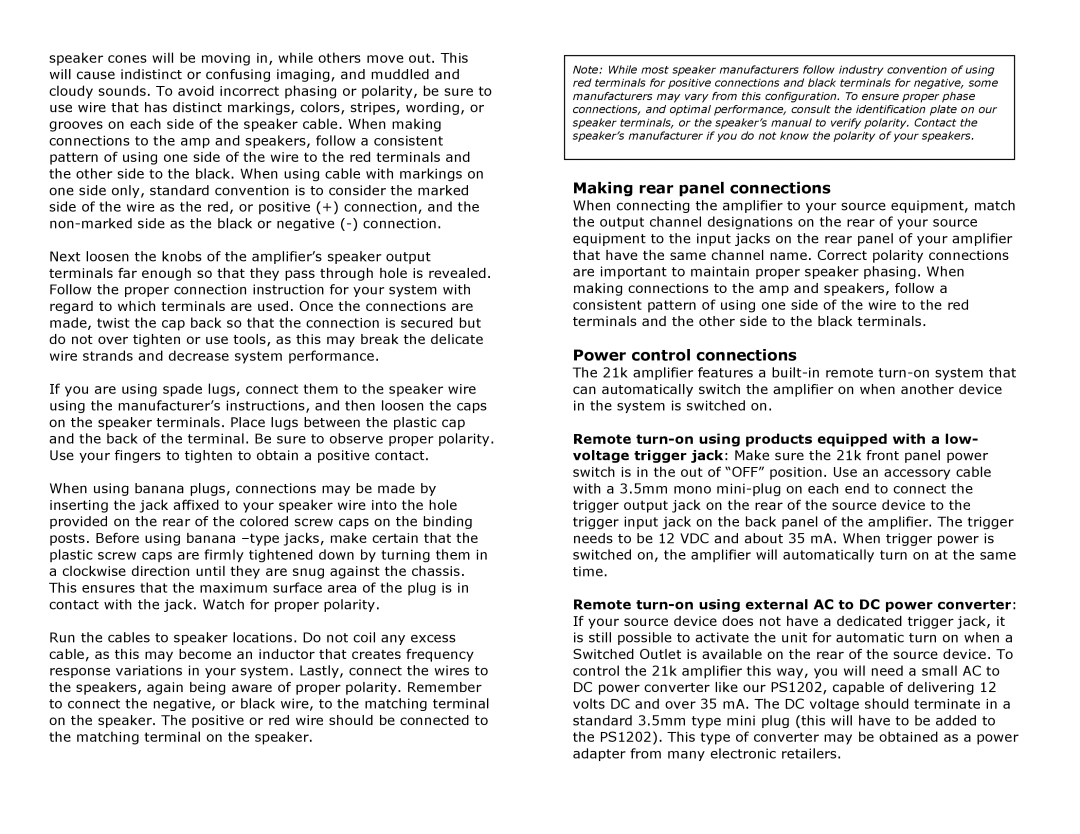21K specifications
The Knoll 21K is a state-of-the-art ergonomic office chair designed to enhance workplace comfort and productivity. With its cutting-edge features and technologies, the 21K epitomizes modern seating solutions tailored for the dynamic office environment.One of the standout characteristics of the Knoll 21K is its sophisticated lumbar support system. This feature has been engineered to promote healthy posture and reduce the risk of back strain during long working hours. Users can easily adjust the lumbar support to fit their individual needs, allowing for a customizable seating experience that caters to diverse body types.
The chair is built with advanced materials that not only provide durability but also contribute to its lightweight design. The breathable mesh backrest ensures optimal airflow, helping to keep the user cool and comfortable even in warmer conditions. In addition, the seat cushion is crafted from high-density foam that contours to the body, further enhancing comfort and support.
Another key feature of the Knoll 21K is its refined tilt mechanism. The chair offers a synchronized movement that allows the seat and backrest to tilt together at an optimal angle. This encourages dynamic movement and provides the user with the ability to shift positions effortlessly throughout the day. Additionally, users can easily lock the chair in an upright position or adjust the tension of the tilt to their preferences, enhancing the overall experience.
The armrests of the Knoll 21K are another highlight, featuring adjustable height and width settings. This flexibility ensures that users can find the most comfortable position for their arms, alleviating strain in the shoulders and neck. The chair also boasts a five-star base with smooth-rolling casters, enabling effortless mobility across various office surfaces.
To further enhance the chair's functionality, the Knoll 21K comes in a variety of colors and finishes, allowing businesses and individuals to personalize their workspace according to their aesthetic preferences. This customization not only elevates workplace design but also reflects the user's identity and style.
In summary, the Knoll 21K is a pinnacle of ergonomic design, featuring adjustable lumbar support, breathable materials, a synchronized tilt mechanism, and customizable armrests. Its combination of comfort, flexibility, and style makes it an ideal choice for anyone seeking to improve their sitting experience in the modern office. With its innovative technologies, the Knoll 21K is not just a chair; it's an investment in better health and productivity.

